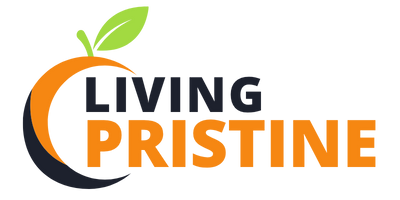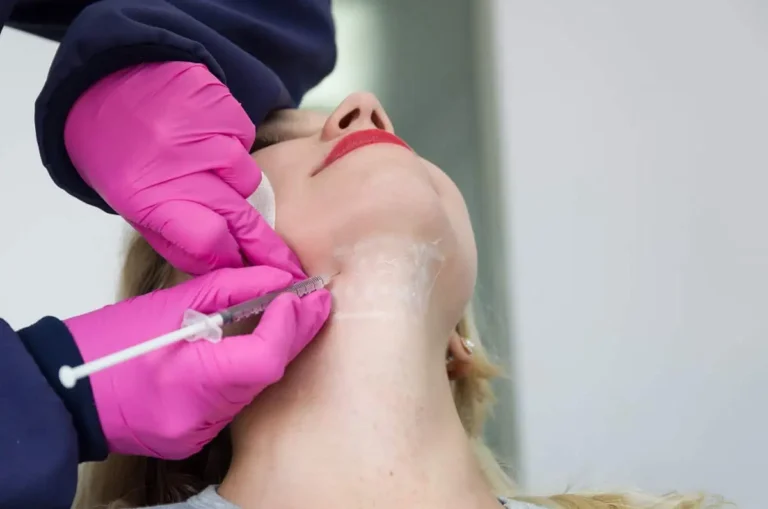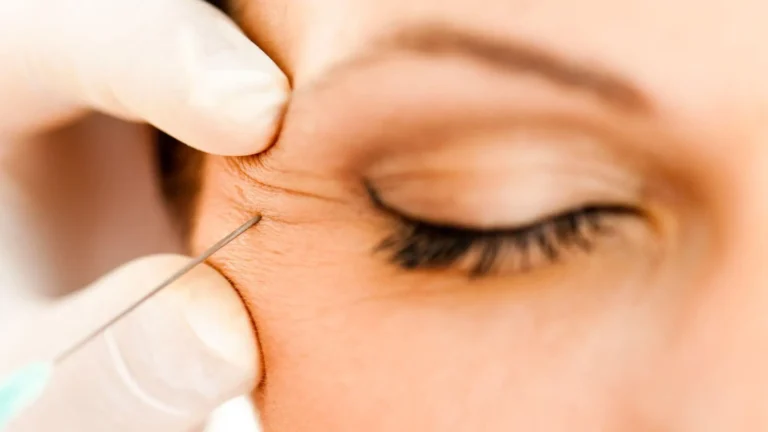Skin Tightening and Anti-Aging: The Benefits of Early Treatment

Skin tightening is a standard choice for individuals seeking to address signs of aging. These treatments focus on reducing loose or sagging skin to help achieve a more toned and youthful look. There are many options available, but one advanced method called radiofrequency-assisted lipolysis is gaining attention for its versatility. Here is how these treatments work and what results to expect, to help you decide if early intervention aligns with your goals:
How Does Skin Tightening Work?
At its core, skin tightening treatments aim to stimulate collagen production and promote tissue regeneration. Collagen, a natural protein in the body, plays a role in maintaining the skin’s structure and elasticity. Over time, the body produces less collagen, which contributes to sagging skin. Treatments such as radiofrequency-assisted lipolysis use targeted radiofrequency energy to heat the skin’s deeper layers. This heat triggers collagen remodeling and encourages fat reduction in the treated area.
Radiofrequency energy also aims to enhance the skin’s natural regenerative processes. The application of controlled heat is designed to tighten the skin by contracting existing collagen while encouraging the body to produce more. This leads to gradual improvements in firmness and texture over time. Recovery from this type of treatment is typically minimal.
Does It Tighten Loose Skin?
One of the primary goals of non-surgical skin tightening is to address loose skin. Treatments work by heating the tissue under the surface without damaging the outer layer. This process works to tighten and lift the skin in a gradual and natural way. Results often develop progressively as the body continues producing collagen over weeks or months. Individuals experiencing advanced laxity may require a combination of treatments or alternative procedures for optimal results.
Can It Reduce Fat?
Skin tightening procedures, particularly those involving radiofrequency technology, are designed to reduce fat and improve skin tone. Radiofrequency-assisted lipolysis generates heat that targets fat cells under the skin. The generated heat breaks down fat cells, which are then gradually eliminated by the body’s natural metabolic processes.
This dual-action approach is useful in areas where excess fat and loose skin coexist, such as the lower abdomen and thighs. It aims for a smoother, more contoured appearance. While these treatments contribute to fat reduction, they are not designed as a weight-loss solution. They typically work best as body contouring tools when combined with healthy lifestyle habits.
What About Elasticity?
Elasticity refers to the skin’s ability to return to its original shape after being stretched. Reduced elasticity frequently may contribute to the appearance of slack or saggy skin in problem areas. Treatments designed to promote skin tightening help address this issue by strengthening the underlying structure.
Radiofrequency energy stimulates the production of elastin alongside collagen. This combination helps the skin appear firmer, tighter, and more resilient. Improved elasticity also leads to a smoother texture over time. While it takes time to notice changes, enhanced elasticity supports overall skin health and may contribute to a younger-looking appearance.
Schedule Skin Tightening Treatments
Early intervention offers a proactive approach to addressing signs of aging, including sagging skin and reduced firmness. By opting for treatments like radiofrequency-assisted lipolysis, individuals may support collagen production, target loose skin, and promote a more toned appearance. These procedures are designed for those looking to enhance their natural features without the need for invasive surgery. For those interested in exploring this option, scheduling a consultation with a specialist is the next step.
- What to Expect When Visiting a Foot and Ankle Specialist
- Causes of PTSD
- The Link Between Plantar Fasciitis and Weight Gain: What You Need to Know
- How Pet Ownership Can Positively Impact Life with Fibromyalgia
- The Importance of Stretching and Flexibility in Sports Medicine
Dr. Emma Green is a health and wellness expert with over 10 years of experience in nutrition and fitness. Passionate about helping others live their healthiest lives, Dr. Green shares practical advice on wellness, nutrition, and sustainable living through LivingSpristine.






